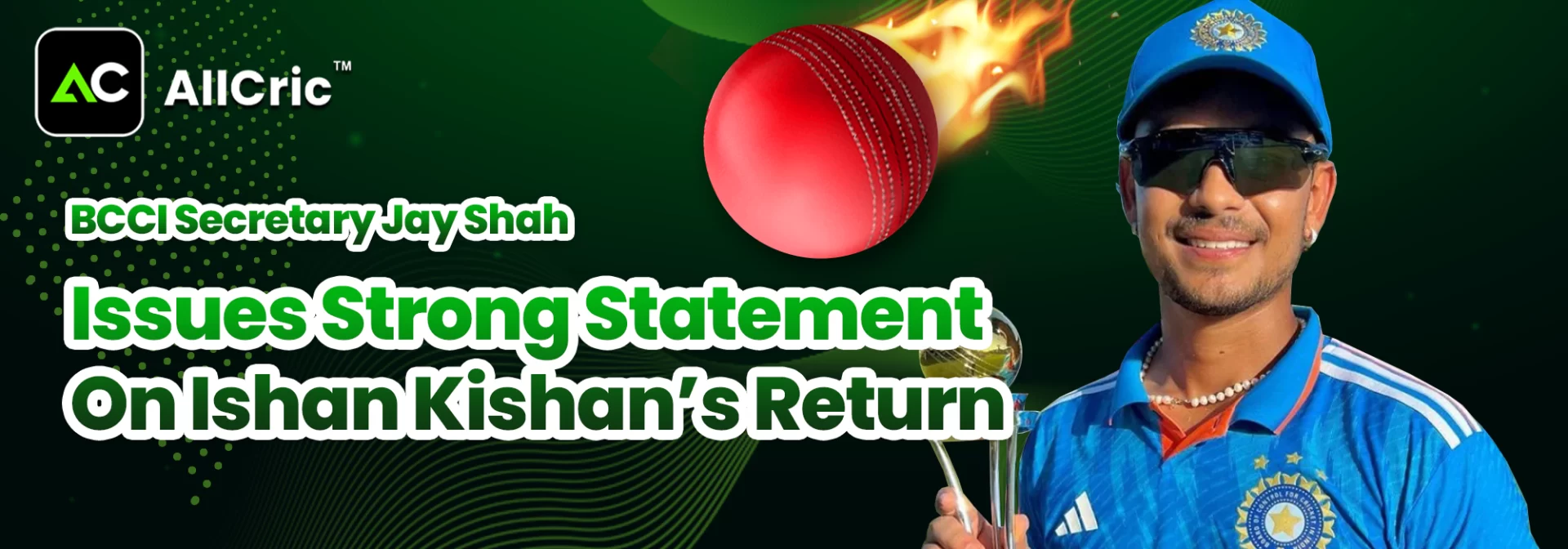Bangladesh Cricket Board President Nazmul Hassan Reportedly Offers to Resign.

Officials within the Bangladesh Cricket Board (BCB) claim that President Nazmul Hassan has offered to resign in a bid to cooperate with the Muhammad Yunus-led government on implementing reforms.
Hassan, who is currently serving his fourth term as BCB President, has reportedly been in hiding in London since unrest began in the country, leading to the downfall of the Sheikh Hasina government.
According to a report by Cricbuzz, several BCB directors in Dhaka met on August 14 to discuss their next steps. In recent days, former BCB officials and organizers have gathered at the Sher-e-Bangla National Cricket Stadium, demanding the resignation of Hassan and his associates, whose term ends in October 2025.
“One of our directors is in contact with him, and Papon bhai is ready to cooperate with the government and is prepared to step down as president to facilitate board reforms,” a BCB director said.
Another director mentioned that if the board transitions to an elected body, it will require full cooperation from the interim government. “If the president resigns, he can request a board meeting to formalize his resignation and initiate the election process,” added a veteran director.
When asked about the process if Hassan resigns, the director explained, “According to our constitution, any resignation must be submitted to the board, which will then convene to accept or reject it. If accepted, an election will be held among the 25 board directors to fill the vacancy of president and vice president.”








